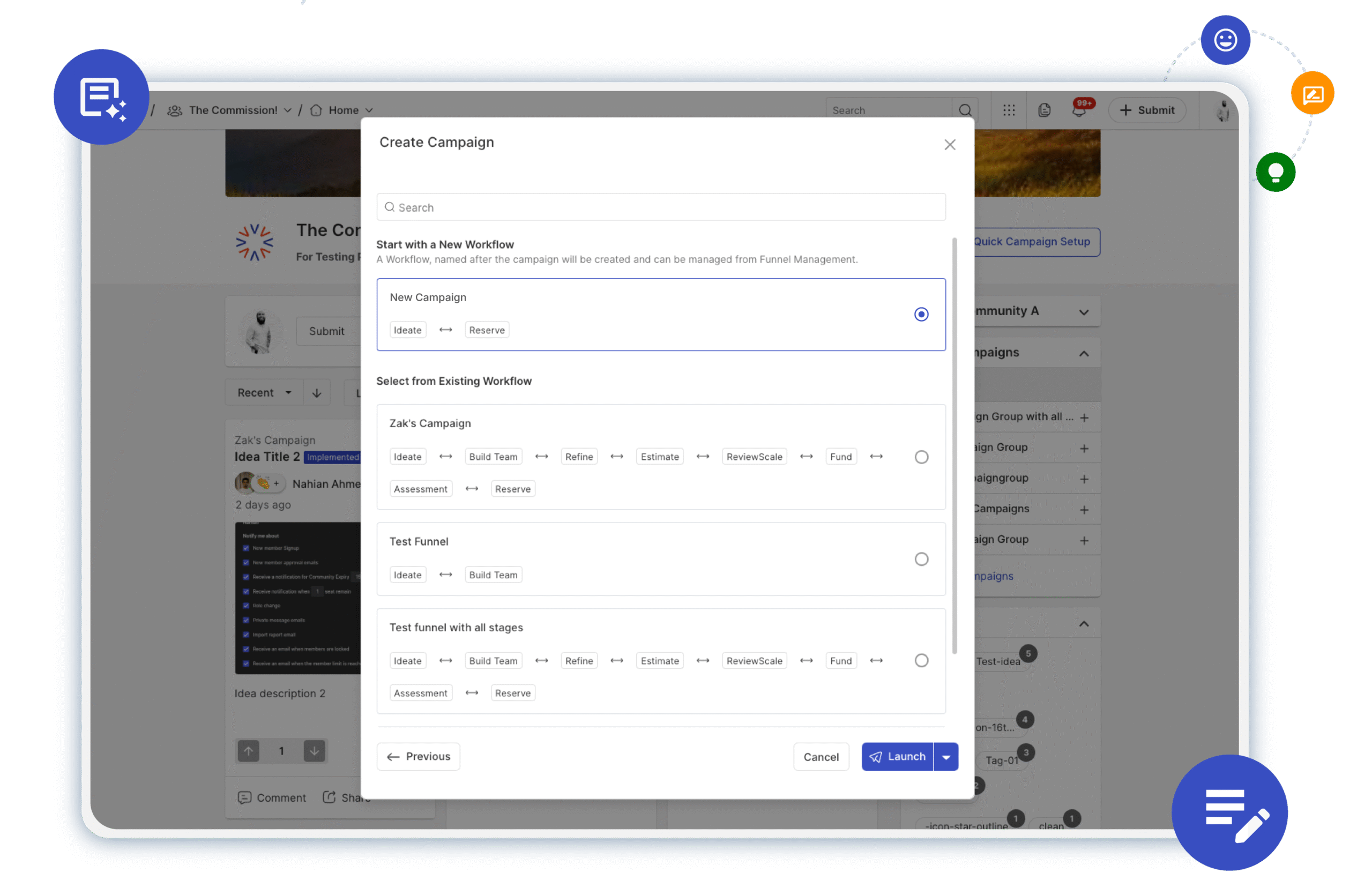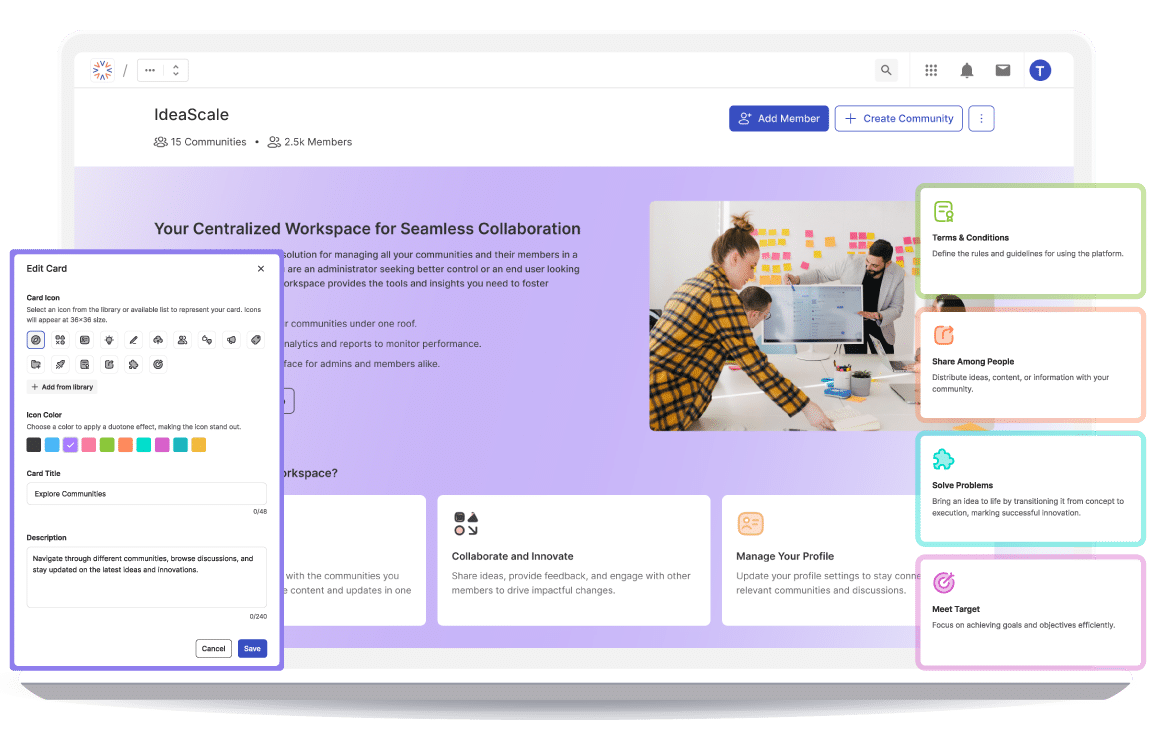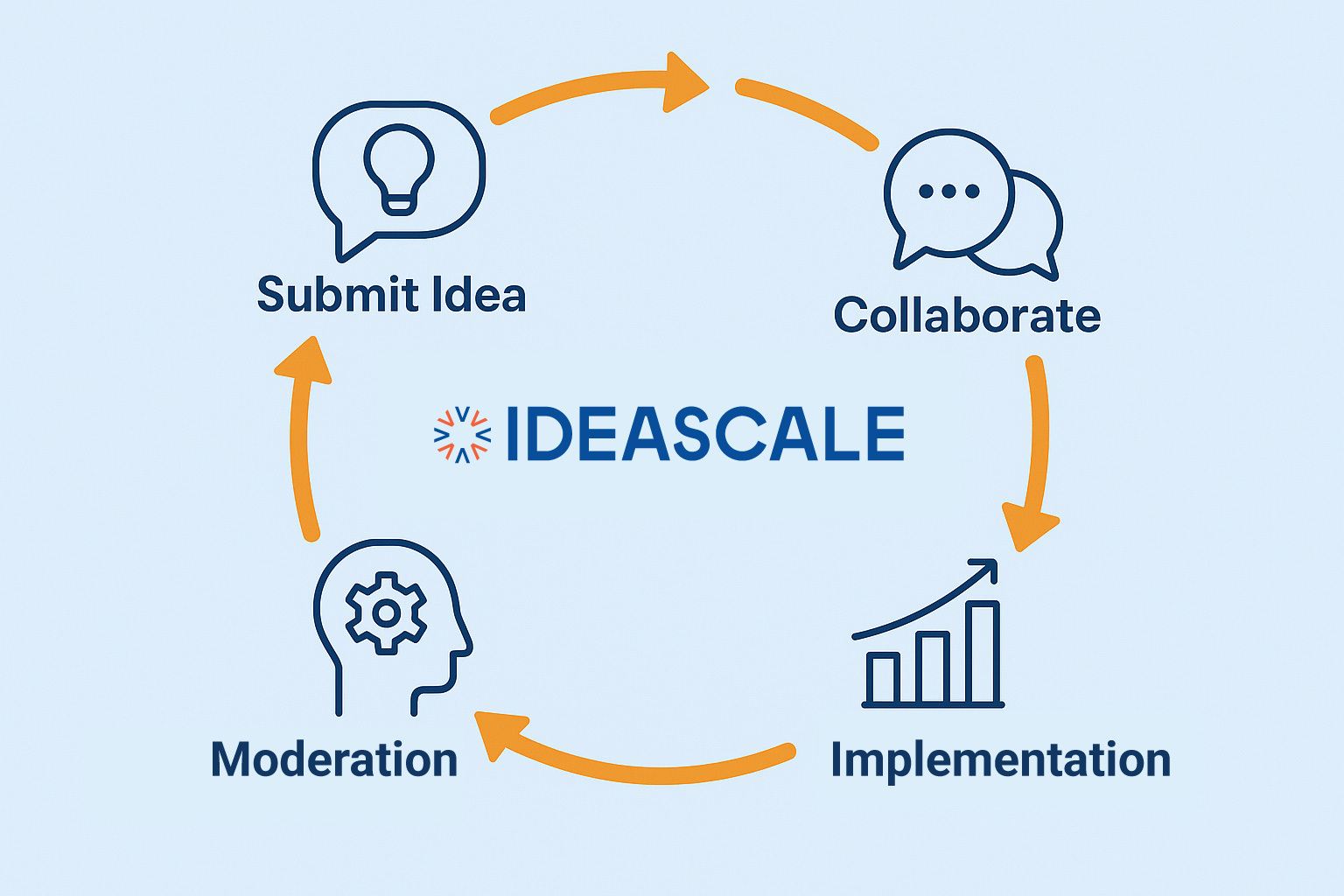One of the great virtues of startups is that they have to innovate quickly, or they cease to exist. However, you don’t need to be a startup to apply their approaches. Here are some lessons to learn from how startups innovate quickly and turn into established companies.
Identify the Problem
Effective startups solve somebody’s problem. That problem can be extremely simple (for example, Facebook mostly exists to stay in passive touch with friends and family), or it can be complex (like figuring out cold fusion). Either way, you should start with the problem you want to solve. What are the limits of this problem? Why hasn’t it been solved already? What approaches have been tried and discarded over the history of this problem?
Don’t forget that a larger problem can be broken down into sets of problems, and you can tackle them one at a time as part of the startup mentality. Startups that solve their first problems will move on to the next.
Focus on One Type Of Customer
Another approach is to pick one type of customer dealing with this problem. There are very few problems that don’t touch multiple industries in multiple different ways. Logistics, for example, touch a lengthy supply chain from the manufacturer to the final customer. Choosing one customer along that chain and focusing on how your solution can help them will both give your innovation approach focus and limit the number of stakeholders that you need to consider. It’ll also give you a deeper appreciation and understanding of the customer as you think through how it’ll work for them in detail.
Again, when you finish up with one customer base, you can move on to the next. You can shift between bases with similarities so you can gradually expand outward.
Choose Different Metrics
The metrics you usually have for projects may simply not apply, especially if you’re doing a small-scale pilot or a similar project. Instead, choose metrics that are more informative and that tell you about the process. You might consider the overall time spent on the project, time from the first meeting to product launch, customer feedback, or employee engagement. In some cases, you may be trying out a form of innovation as much for the process as the results, so ask yourself what you want to get out of both.

Allocate the Right Resources
Startups are famous, and in some cases infamous, for their “cash burn.” Established businesses don’t have to throw out everything the accounting department says, but while you can seek VC for some of your innovation, you should also be your own VC and make sure your team has the necessary resources to innovate. Just beware of the sunk cost fallacy; if an idea doesn’t pan out, know when to cut your losses.
Go Outside Your Company
Whether it’s crowdsourcing, open innovation, or another form of reaching out, don’t hesitate to tap into creativity beyond your organization. Involving different perspectives will ensure more interesting and comprehensive solutions. Asking multiple groups of stakeholders to weigh in will help limit problems further along in the creative process.
Innovation platforms can help any business, from start-ups to large companies wanting to become nimble. To see how idea management software works in action, request a demo today.
Most Recent Posts
Explore the latest innovation insights and trends with our recent blog posts.













